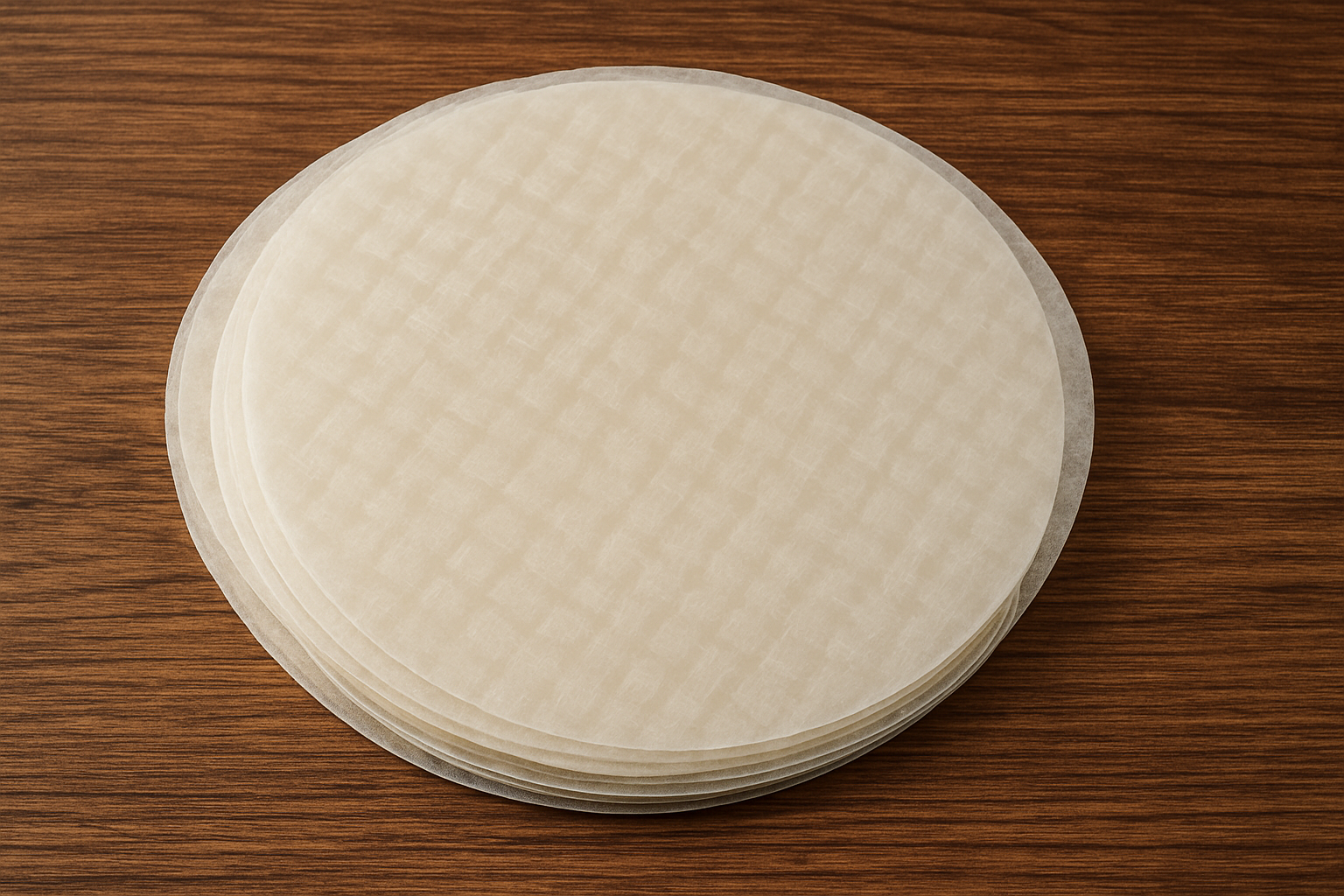-

Is castella a good snack for diabetes because its very soft and light texture makes it easy to digest?
1. The Secret to Castella’s Soft Texture Castella is a type of sponge cake, and its characteristic soft, moist, and fluffy texture is created with ‘whipped eggs’ and a large amount of ‘sugar.’ – Whipped Eggs (Meringue): Whipped egg whites create the framework of the cake. – Sugar and Syrup: Sugar not only provides sweetness…
-

Are the ‘glass noodle add-ons’ in dishes like braised chicken or stews okay to eat because they are a small part of the overall dish?
1. The ‘Add-on’ Trap Many Korean dishes, such as Jjimdak (braised chicken), Agujjim (braised monkfish), Budae-jjigae (army stew), and Gamjatang (pork bone soup), include ‘glass noodle add-ons.’ Because the noodles are an addition rather than the main ingredient, their impact is easy to overlook. 2. The Effect of Glass Noodles on Blood Sugar – Highly…
-

For the same sandwich bread, can eating a thick slice result in a slightly more gradual blood sugar response than eating a thin slice because it digests more slowly?
1. The Physical Form of Food and Digestion A food’s glycemic response is affected not only by its chemical composition (ingredients) but also by its ‘physical form.’ This is because our body’s digestive enzymes begin to work on the surface of the food. 2. The Principle of Surface Area – The Principle: For the same…
-

Is rabokki (ramen noodles added to tteokbokki) a more nutritionally balanced food than eating ramen and tteokbokki separately?
1. The True Nature of Rabokki: Carbohydrate + Carbohydrate Rabokki is a dish where ramen noodles are added to tteokbokki. This essentially combines two of Korea’s most representative high-carbohydrate snacks into one. 2. The Worst Combination – Tteokbokki: Its main ingredient, rice cakes, are ‘highly concentrated refined carbohydrates,’ and the sauce is a ‘lump of…
-

When eating bread, can pairing it with a vegetable soup help prevent overeating by providing satiety from the soup’s fiber and water, compared to eating bread alone?
1. The Principle of Eating Order and Satiety One of the effective strategies for managing blood sugar and weight is to control the order in which you eat your food. Generally, consuming foods rich in fiber and water at the beginning of a meal helps you feel full faster, which can help reduce the overall…
-

When eating tteokbokki, if you dip vegetable-filled rice paper wraps in the sauce instead of eating the rice cakes, can you reduce your carbohydrate intake?
1. The Key to Managing Blood Sugar with Tteokbokki The reason tteokbokki is so detrimental to blood sugar is due to two factors: the ‘highly concentrated carbohydrates’ of the rice cakes and the ‘lump of sugar’ in the sauce. Therefore, controlling these two elements is the way to enjoy tteokbokki in a somewhat healthier manner.…
-

Is a ‘vegetable hoppang’ (steamed bun) always better for blood sugar than a ‘red bean hoppang’ because of its vegetable filling?
1. The Basic Structure of Hoppang: A Flour Bun Regardless of the type of hoppang (red bean, vegetable, pizza, etc.), its base is a thick bun made from ‘refined white flour.’ This bun part itself is a high-carbohydrate mass that is digested and absorbed very quickly, and is the main cause of a sharp rise…
-

Are ‘donut holes’ always lower in calories and carbs than a single regular donut because they are smaller?
1. The Illusion of Size Small, bite-sized donuts called ‘donut holes’ or ‘munchkins’ feel less psychologically burdensome than eating one large donut. It’s easy to think that eating a few of them will be fine. 2. The Pitfall of Content Comparison – Content per piece: Of course, the calorie and carbohydrate content of a single…
-

When making French toast, can using slightly stale bread instead of fresh soft bread reduce calories slightly because it absorbs less of the egg mixture?
1. French Toast and Blood Sugar French toast is a dish made by soaking bread in an egg mixture (eggs, milk, sugar, etc.) and then pan-frying it with butter. Its effect on blood sugar and health depends on the type of bread used, the ingredients of the egg mixture, and the cooking method. 2. Bread…
-

Is the cold noodle broth served as a dessert at restaurants okay to drink without affecting blood sugar because it’s just a palate cleanser?
1. The True Nature of Post-Meal Naengmyeon Broth After a meat-heavy meal, many restaurants offer a small cup of icy, cold naengmyeon broth as a complimentary dessert to cleanse the palate. It’s easy to drink it mindlessly, thinking it’s a small amount and will just refresh your greasy palate. 2. Ingredients Closer to ‘Sugar Water’…
DangTalk download | PESS Mining | PiSTORE | Naver Cafe
